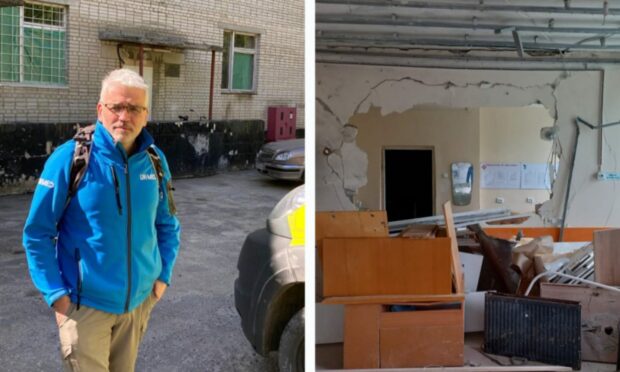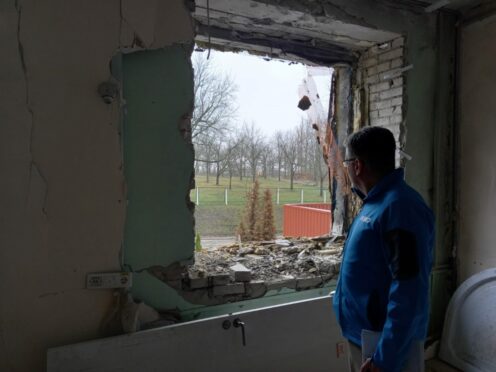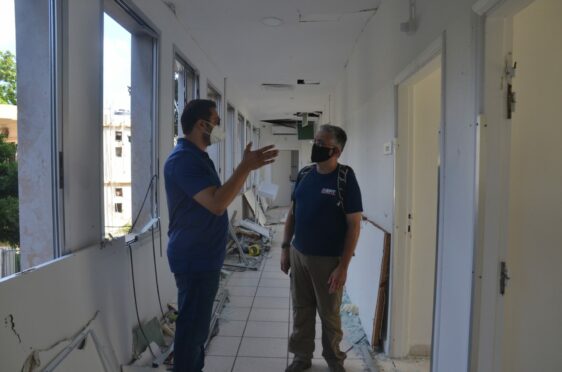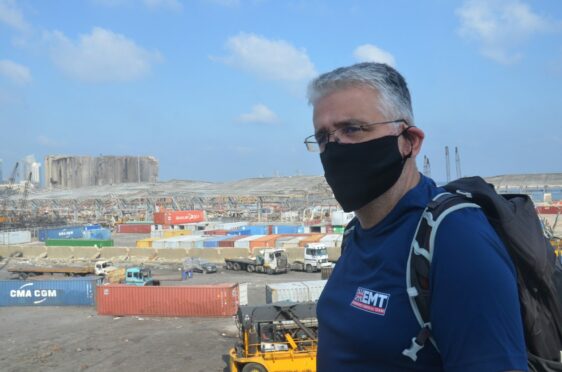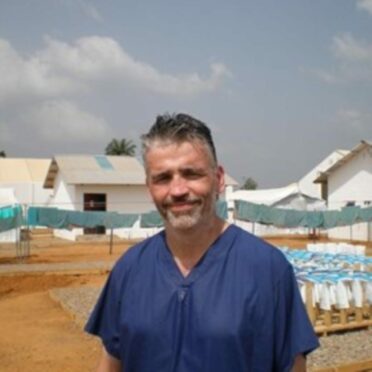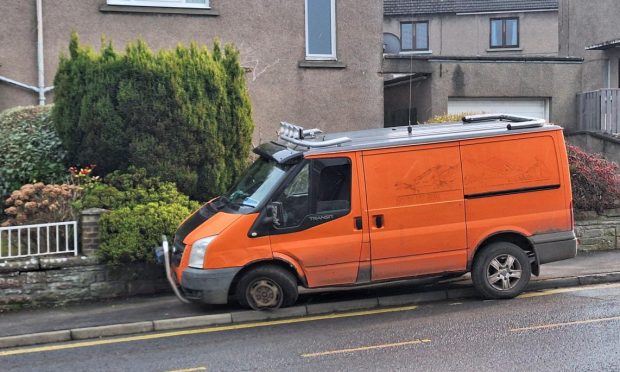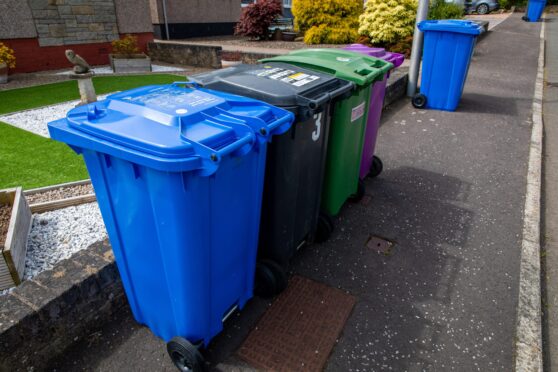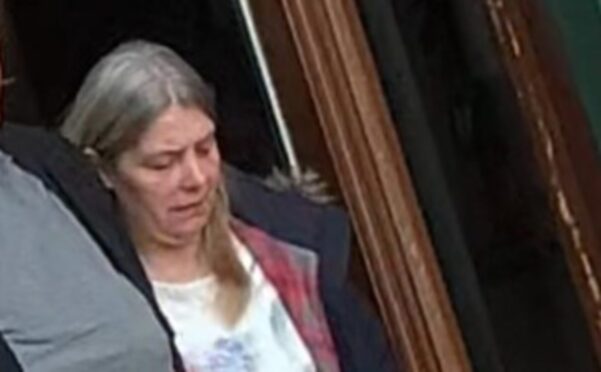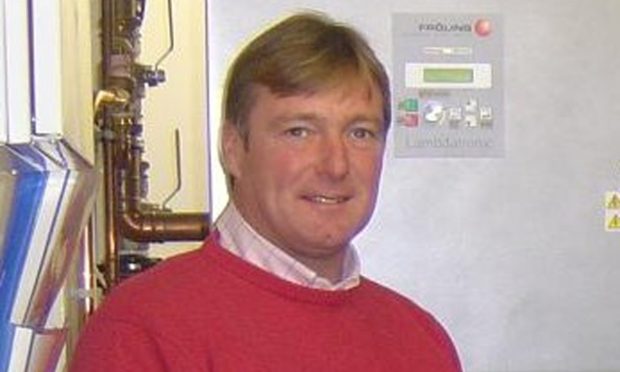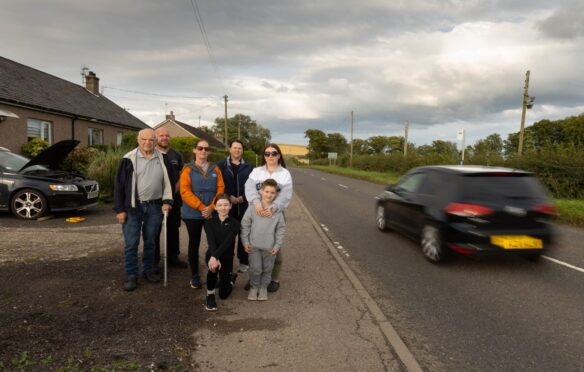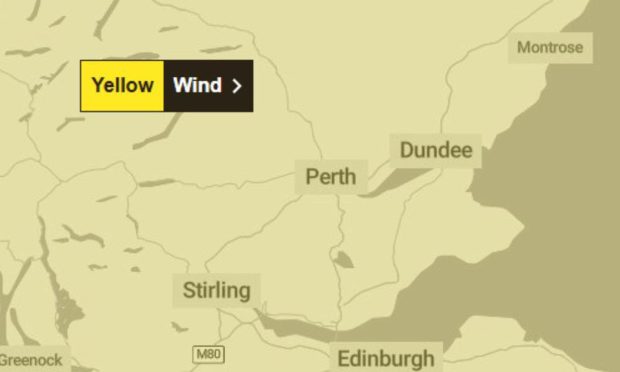A nurse from Montrose volunteering in Ukraine has spoken of his shock after seeing a Russian tank blow up as it fired at a hospital.
David Anderson says he was left reeling when he saw the tank’s burnt-out wreckage.
Its gun was still pointing at the hospital in Trostianets, eastern Ukraine.
He was then shown the devastation inside the hospital – which now cannot be used – as a result of the shelling.
The attack is thought to be one of more than 130 on healthcare facilities since the start of Russia’s invasion of Ukraine.
David, a volunteer and humanitarian health adviser with frontline aid charity UK-Med, said: “I find it unbelievable and depressing that a hospital would be deliberately attacked.
“The tank is being guarded as evidence of a war crime and I could not believe what I was seeing.
“I was shown round the wards and there was just devastation everywhere where the tank shells had hit.”
David has been in Ukraine since March 14 and is helping to deliver the UK’s aid in the country.
He is no stranger to working on humanitarian missions in crisis countries, having been in Myanmar and Beirut after the explosion in 2020.
‘Been in warzones before – but not on this scale’
He said: “I’ve been in a couple of warzones before – but not on this scale.
“I don’t think you ever get used to going into conflict zones.
“I’m reasonably comfortable with seeing limb injuries, having worked in South Sudan and other places, but, oh my God, the scale of this.
“We walked into one hospital, and they said there were 200 people, but it felt like more.
“There were people with traumatic amputations, flesh burns, blast injuries, just horrific injuries. It’s the volume that is genuinely astounding.
“People break down in tears and you are almost in tears with them. I think it’s probably the strongest feelings I’ve had going anywhere.
“Very possibly this depth of feeling is because I’ve never been involved in a crisis like this that is so close to home.
“You are used to humanitarian deployments to conflict zones in Africa, but I never, ever expected to be doing this work in Europe. This situation is unfathomable.”
David said he is aware of the risks he faces and is driven by his determination to help.
“Have I personally felt scared? I’d be a fool to say that I haven’t, but I wouldn’t say that I’ve been asked to go anywhere or do anything I don’t want to do,” he said.
“My friends and family back home are obviously worried, and I can understand why.
“People are clearly concerned about my being here, but they all understand that this is what I want to do and the reasons why it is important we help.”
The Foreign, Commonwealth & Development Office has given UK-Med cash and supplies to help Ukraine’s medics deal with mass casualties.
Foreign secretary Liz Truss said: “The Kremlin continues to lie about deliberate attacks on Ukraine’s hospitals and the indiscriminate targeting of civilians.
“Now our vital humanitarian support will help save lives and deliver medical expertise to the frontline.”
